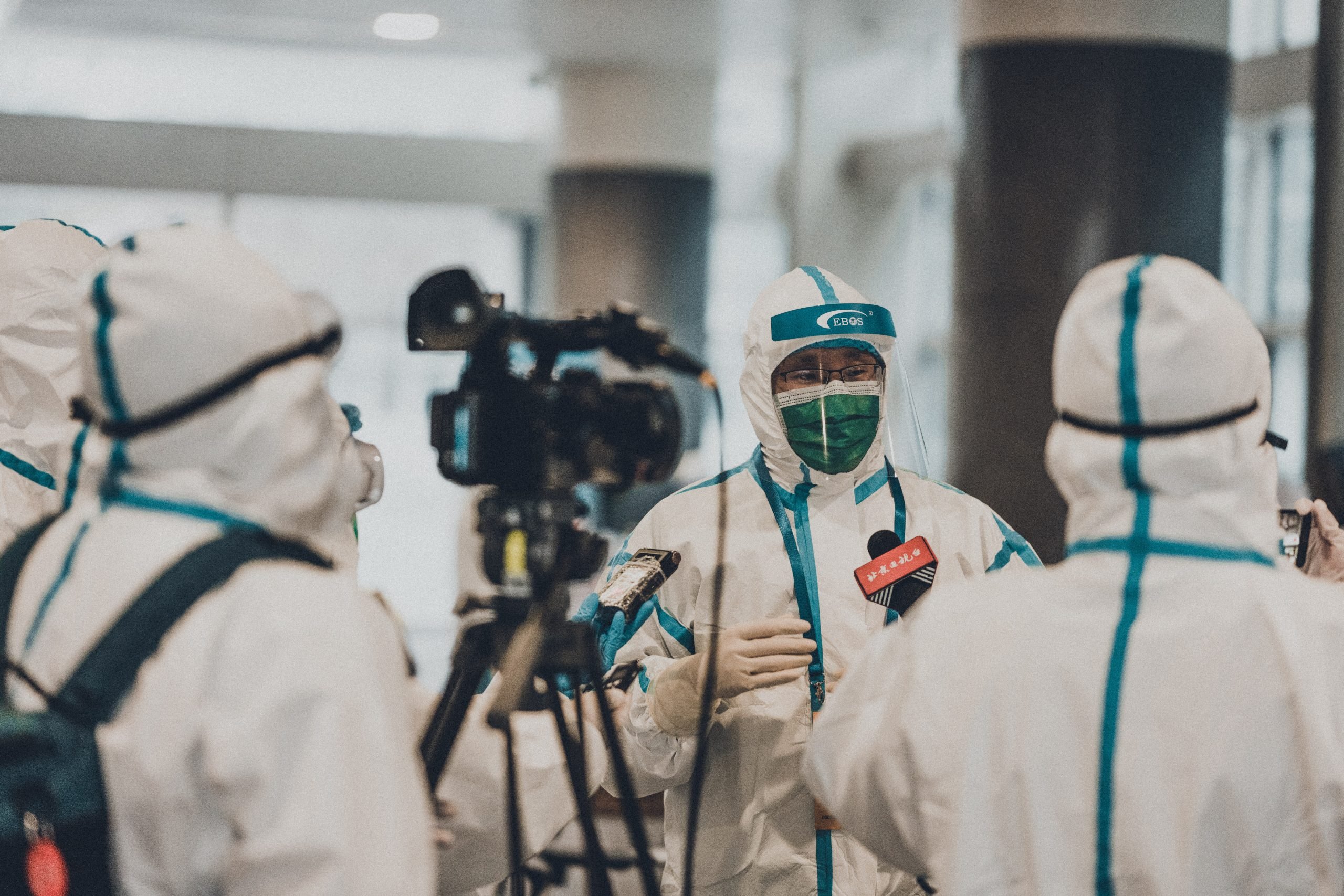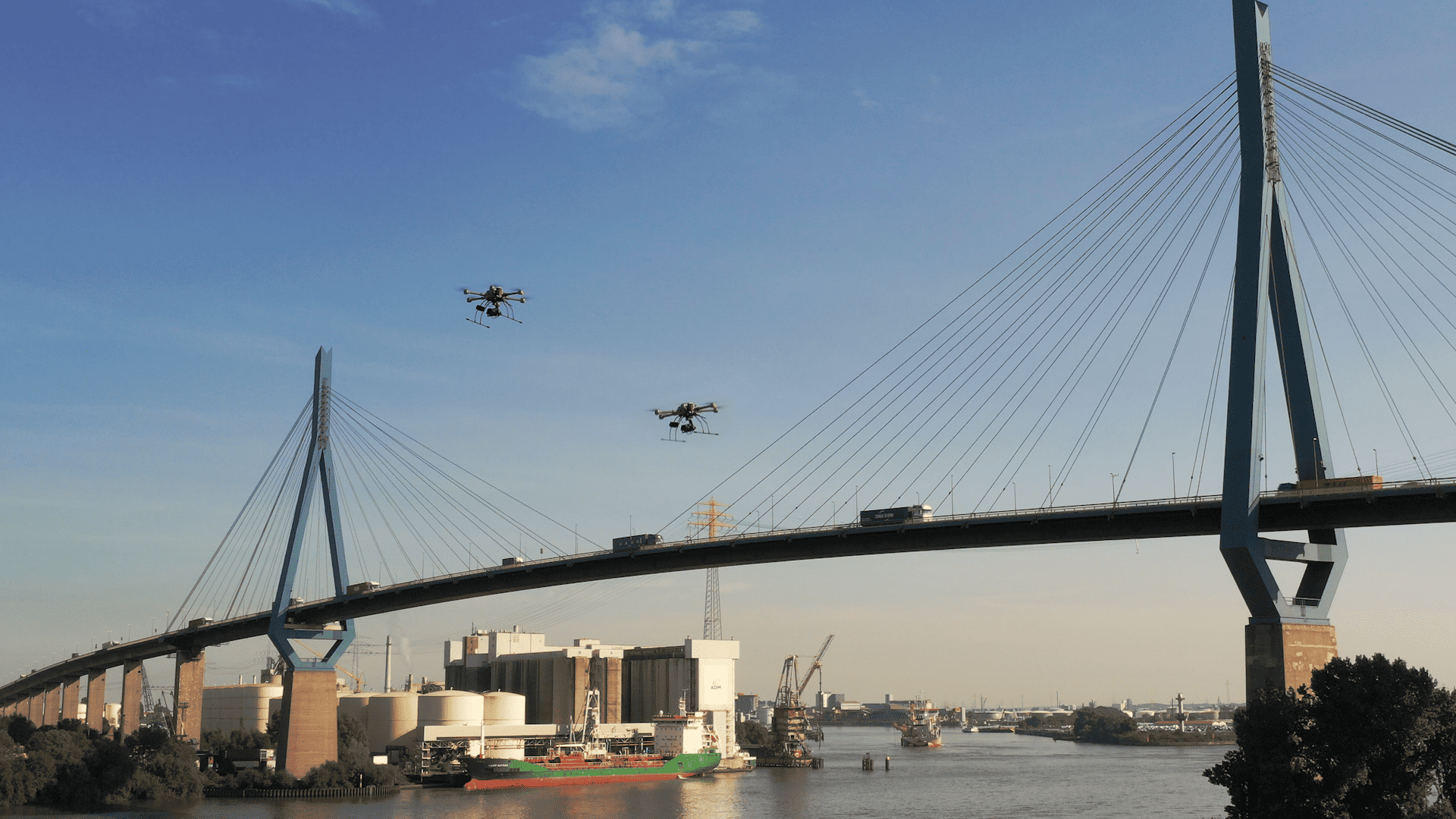
The COVID 19 crisis is holding the world in its grip. The coronavirus is spreading rapidly, resulting in high infection rates around the world. Many governments had no strategy in place to start out with and were forced to develop their measures on an ad hoc basis. In some countries the healthcare system has become overburdened. Misunderstandings have also led to fatal mistakes. In the future, the European Union wants to be better able to deal with pandemics. One of the projects is STAMINA. It brings together teams from 19 countries. Together they are developing a ‘toolbox’ that can support crisis management in the event of a pandemic or a disaster.
The research teams contribute many different ‘tools’ that are subjected to rigorous testing in the project. This aims to come up with a tried and tested technique for pandemic management. Examples are fast screening tests or simulation tools. Information technologies, which are intended to support organizations and actors in crisis management in their daily work, play an important role. In the event of a crisis, everyone must work together effectively. Across administrative and jurisdictional borders.
Cross-border cooperation
The chain of those involved in crisis management is long and extends from governmental authorities and emergency response organizations, right through to economic and infrastructure managers, scientists, and private citizens. National borders are also crossed when it comes to providing assistance to neighboring countries.
The STAMINA project aims to create a shared information space for all those involved in crisis communication. By using a communication approach that works across all structures and preconditions. “And taking all the various countries into account,” states project manager Georg Neubauer of the Vienna-based Austrian Institute of Technology, AIT. Among other things, the AIT contributes to the test software module and coordinates all tests within the project, as he explains in an interview with Innovation Origins.

These technologies were originally tested on their ability to handle crisis management during a natural disaster. To what extent would they work during a pandemic?
“Indeed, it really isn’t that different from a natural disaster. In the event of a pandemic, a test laboratory is all that is needed, to give an example. But it is always important that any relevant information is provided quickly. And that everyone gets hold of the same information. As far as that is concerned, we are able to keep all the basic concepts of information exchange and data management at the highest level. There are a number of key points that are applicable to every kind of crisis.”
What is of crucial interest when it comes to crisis management during a pandemic?
“It’s about supporting or most importantly facilitating the work of the organizations concerned. The focus is on planning and delivering materials and equipment. For example, medical products such as protective masks or respiratory equipment. But resources such as adequate bed capacity in hospitals or food supplies for the population are also key. It is extremely important to make standardized testing facilities available to the healthcare sector. However, smooth information exchange and optimized data management are crucial as well.”
“Yet these are just the most essential stipulations. There are plenty of others. For example, communication with the general public is also vital. There are reports from abroad about problems with non-cooperative parts of the general population. That’s why all of these measures must be planned accordingly and properly supported.”
Which technologies are capable of supporting this?
“So far the media have barely reported on the subject of information exchange and data management. In surveys of those affected, however, we have found that these topics are extremely relevant. There are many different challenges that can be tackled by using information technology. Such as automated, time-saving information exchanges. Or the need for a collective view of a situation that can form a basis for decisionmaking processes.”
“The analysis of heterogeneous health data can be problematic as well. This is data that can come in a variety of formats. These consequently require information technologies that support their analysis. Organizations such as national alarm centers, which are responsible for collecting, analyzing, and disseminating information, can benefit from these.”
At STAMINA you also test tools that analyze social media – what does this entail?
“The analysis of social media can be used as a supplement to the tests – so as to find trends in the frequency of the disease. There is such a thing as a cluster frequency, which can manifest itself during pandemics. For instance, in residential areas. We will test whether we can identify cluster frequencies via social media. We’ll do this by looking for keywords like fever or sore throat. Many people post about them on social media before they even go to a doctor. If these keywords occur a lot in a region, this indicates that the region should be monitored.”
“Information garnered from social media can be used – together with other sources – for creating an overview of the situation. However, we need to test whether social media analysis is also suitable for pandemic management. Perhaps this is only possible to a limited extent.”
What contribution will AIT make with its technologies?
“The technologies developed at AIT enable a collective view of the situation that is accessible to all actors in crisis management. It will help ensure that all actors are informed quickly and at the same time. This will provide information on, for example, the number of people suffering from local diseases and the range of medical equipment available. We will adapt our Emergency Map Tools (EMT) for pandemic situations. In addition, we plan to use the Public Safety Hub (PSH), which is a tool that enables the exchange of information across administrative and jurisdictional borders.”
“Apart from that, we are in charge of coordinating the twelve tests. As part of this, we will make use of the technologies that we have developed. By using the Portfolio of Solution (PoS), we will be able to explore and outline various solutions for crisis and disaster management. Our Trial Guidance Tool (TGT) is also needed for comparing these solutions. This enables us to systematically test one or more solutions for pandemic management.”
After the twelve tests, a major simulation exercise has also been planned. What are the most critical aspects?
“It is essential to plan out all the tests in detail. You have to draw up a scenario for each test and find out which tools are suitable for that particular scenario. If, for example, an epidemic breaks out, an alarm is sent from region X to the neighboring countries. Information about the situation is received directly from the crisis area. If the available resources and manpower are not enough, then organizations can submit requests to neighboring countries.”
“We evaluate any technical solutions on the basis of a protocol and pre-defined parameters. This is how we can ensure that these instruments actually meet the necessary criteria in the event of a crisis. For example, there might be a need to reach at least 50 volunteers using a single tool. If this fails, the tool will be upgraded and tested all over again. Each test follows the same protocol. And if an application does not work, we will scrap it.”
Also of interest:







